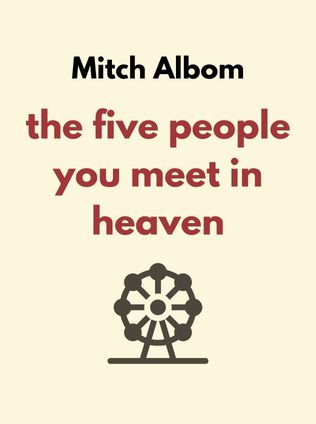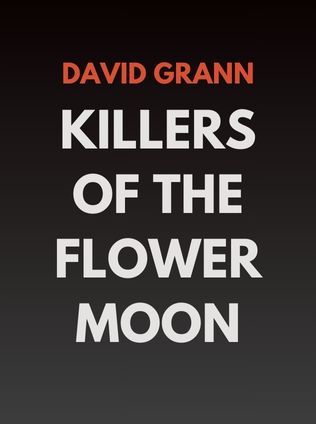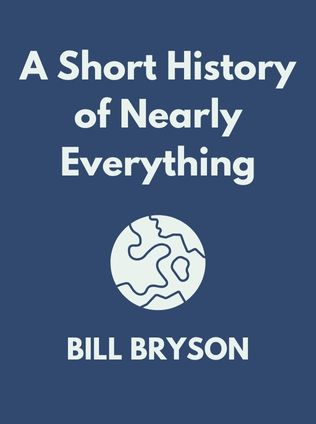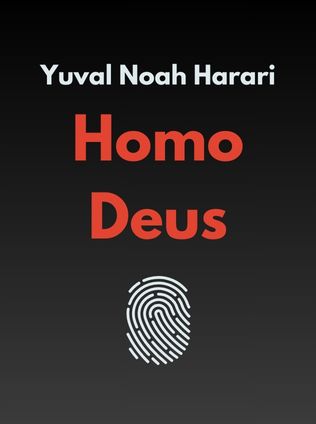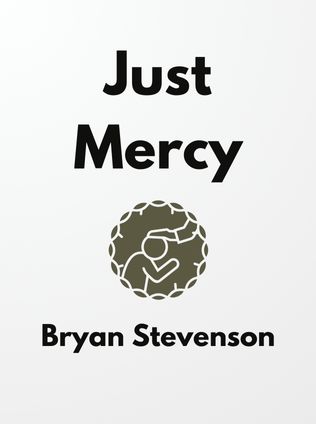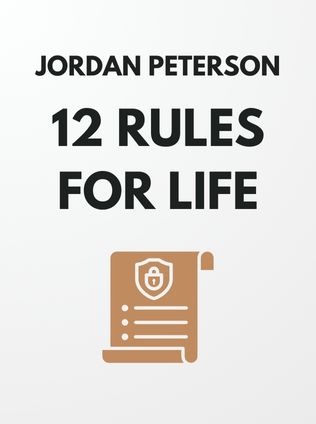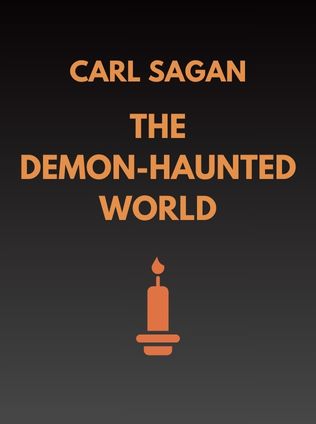
The Demon-Haunted World
Science as a Candle in the Dark
By Carl Sagan
Published 02/1996
About the Author
Carl Sagan, an astronomer, cosmologist, astrophysicist, astrobiologist, and author, was one of the most influential scientific figures of the 20th century. Known for his ability to make complex scientific concepts accessible to the general public, Sagan was a prolific writer, educator, and advocate for science. His most famous works include the television series Cosmos, which brought the wonders of the universe into the homes of millions, and his book Contact, which was later adapted into a successful film. Sagan’s deep belief in the power of scientific inquiry and his concerns about the rise of pseudoscience are central themes in his 1995 book, The Demon-Haunted World: Science as a Candle in the Dark.
Main Idea
The Demon-Haunted World is a passionate defense of science and rationality in an era where pseudoscience, superstition, and anti-science sentiments are increasingly prevalent. Sagan argues that science, with its rigorous methods and skeptical outlook, is the best tool humanity has for understanding the universe and improving our lives. He warns that a society that neglects scientific thinking is at risk of devolving into ignorance, credulity, and ultimately, tyranny. The book is both a celebration of science and a call to arms for its protection and promotion.
Table of Contents
- The Most Precious Thing
- Science and Hope
- The Man in the Moon and the Face on Mars
- A Demon-Haunted World
- On the Distinction Between True and False Visions
- Hallucinations
- The Demon-Haunted World
- The Fine Art of Baloney Detection
- Antiscience
- The Dragon in My Garage
- The City of Grief
- Obsessed with Reality
- The Path to Freedom
- The Hound of Heaven
The Importance of Science in Modern Society
Sagan begins by underscoring the critical role that science plays in modern society. He points out that almost every aspect of our lives—from medicine to agriculture, from communication to transportation—depends on scientific knowledge and technological advancements. Yet, despite this dependence, many people remain largely ignorant of the fundamental principles of science. Sagan warns that this ignorance is not just a personal shortcoming; it is a societal risk. "How can we expect to make smart decisions about our future if we don’t understand the underlying concepts?" he asks.
He uses vivid examples to illustrate the dangers of scientific illiteracy. For instance, Sagan discusses the widespread belief in pseudoscience, which he defines as "misinformation disguised as science." This includes beliefs in astrology, alchemy, and other practices that mimic the methods of science but lack its rigor and empirical support. Sagan argues that these beliefs are not just harmless diversions; they can have serious consequences. "Pseudoscience is a disease," he warns, "and a society that embraces it is in danger of losing its way."
The Spread of Pseudoscience and Supernatural Beliefs
One of the central themes of The Demon-Haunted World is the spread of pseudoscience and supernatural beliefs in modern society. Sagan explains that these beliefs thrive in environments where scientific literacy is low. He describes how pseudosciences, like astrology or the belief in a flat Earth, often present themselves as scientific, using the language and trappings of science to appear credible. However, they fail to adhere to the most basic principles of scientific inquiry, such as the need for reproducible evidence and the willingness to subject claims to rigorous testing.
Sagan also explores the appeal of supernatural beliefs, which he defines as beliefs in phenomena that exist outside the laws of nature, such as gods, demons, or spirits. These beliefs, he argues, are often driven by emotional needs. "Supernatural beliefs assuage our negative emotions and help us cope with the realities of life," Sagan writes. For example, belief in an afterlife can alleviate the fear of death, while belief in a psychic's ability to communicate with the dead can help people deal with grief. However, Sagan warns that these beliefs, while comforting, can also be dangerous. They can lead to a rejection of rationality and a retreat into superstition and credulity.
The Dangers of Unscientific Thinking
Sagan argues that unscientific thinking is not just a personal failing; it is a societal danger. He draws on historical examples, such as the witch hunts of the 15th to 18th centuries, to illustrate how unscientific beliefs can lead to widespread harm. During the witch hunts, tens of thousands of people were executed based on irrational beliefs in witchcraft and demonic possession. Sagan sees parallels between these historical events and modern-day mass hysteria, such as the Satanic Panic of the 1980s, where baseless fears of ritualistic child abuse led to wrongful accusations and imprisonments.
Sign up for FREE and get access to 1,400+ books summaries.
You May Also Like
Freakonomics
A Rogue Economist Explores the Hidden Side of Everything
By Steven D. Levitt and Stephen J. Dubner











